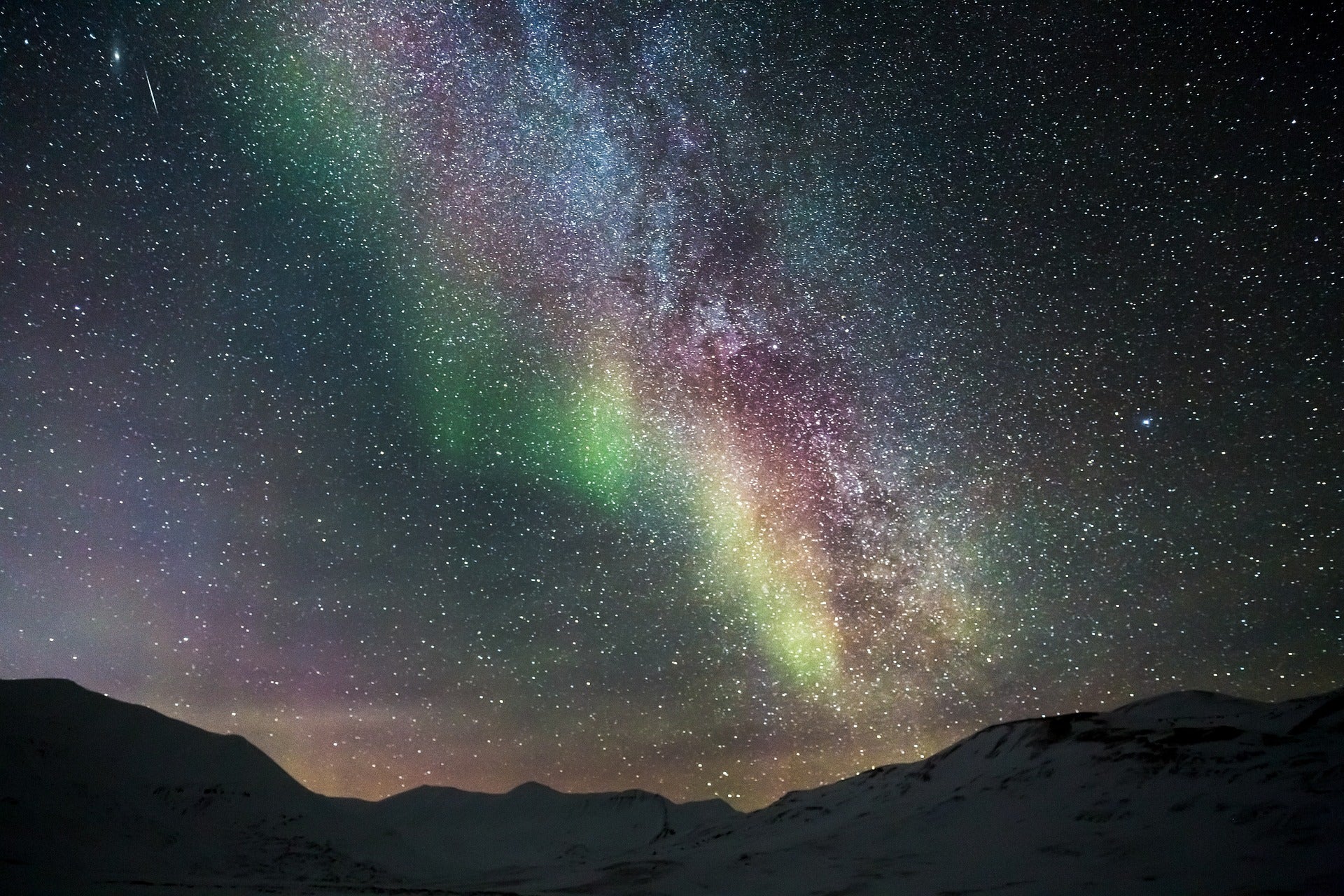Nasa to send two rockets into the northern lights to see how they affect Earth
The rockets will launch tomorrow to investigate the aurora borealis

Nasa will send two rockets over one hundred miles upwards to investigate the aurora borealis.
The mission on 23 March will be comprised of two payloads – one on each rocket – that will launch when the aurora is overhead. The first rocket will release vapor tracers up to an altitude of 186 miles so researchers can trace the wind in a neutral atmosphere.
The second rocket will then launch, reaching 125 miles above the Earth, to measure the temperature and density of plasma in the aurora.
The northern lights are an important source of heat. As opposed to their air in the troposphere, Earth’s lowest layer, energy from the Sun’s rays split electrons from their atoms and turns gas into plasma.
The point at which gas becomes plasma is a grey area – a boundary where the two forms of matter intermix – and occasionally winds or magnetic perturbations will cause the particles to collide in strange ways.
“Friction is a great analogy,” said Stephen Kaeppler, assistant professor of physics and astronomy at Clemson University in South Carolina, and principal investigator for mission.
“We all know that we rub our hands together, you’re going to get heat. It’s the same basic idea, except we’re dealing with gases now instead.”
This boundary area experiences constant friction, but during an aurora “it’s like storming the football field after a college game,” Mr Kaeppler continued.
“People at the top of the stadium run towards the field, and as you get closer to the field, the crowd gets thicker and thicker. This is how it is for electrons facing the increasing neutral density of the upper atmosphere.”
Auroras form when electrons from space pour into our atmosphere, lighting neutral particles via heat and friction when the two hit each other. They also increase the energy in the boundary layer, increasing the amount of mixing and friction.
As such, scientists’ understanding of this boundary layer would be a key component to understanding how much energy is released into the upper atmosphere.
Subscribe to Independent Premium to bookmark this article
Want to bookmark your favourite articles and stories to read or reference later? Start your Independent Premium subscription today.

Join our commenting forum
Join thought-provoking conversations, follow other Independent readers and see their replies